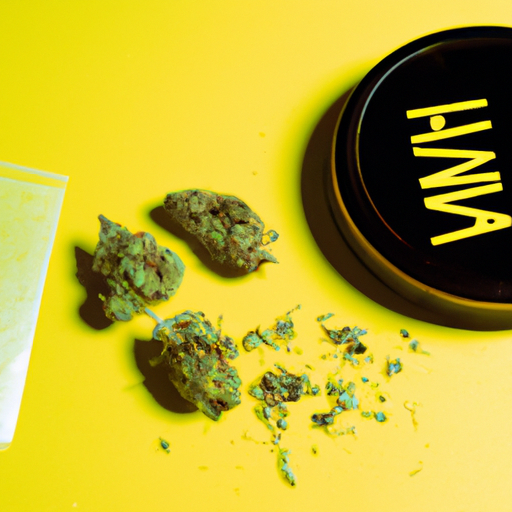The prohibitionist origins
The path towards the social stigma of cannabis: a historical analysis begins by dissecting the prohibitionist origins of the plant. In the early 20th century, the United States led a global crusade against «demon drugs», sparkled, to a large extent, by racial and social prejudices. Cannabis, used mostly by Hispanic immigrants and African-American jazz musicians, quickly became a way to criminalize these communities. The term «Marijuana», of Mexican origin, replaced «Cannabis» to enhance its perceived foreign threat.
Pop culture impressions and yellow journalism companies, such as the ones owned by William Randolph Hearst, played a crucial role in establishing a national hysteria towards cannabis. The 1936 film «Reefer Madness» represented cannabis users as maniacs or hopeless lunatics, creating a lasting deeply ingrained negative image. In 1937, the United States legislated the first national ban on cannabis, known as the Marijuana Tax Act.
The global repression campaign
The social stigma of cannabis is a result of much more than just domestic policy, as the pathway towards this stigma extends far beyond U.S. borders. In the wake of World War II, American values held sway globally, and the U.S.’s influence was significantly reflected in international drug policies. In 1961, the Single Convention on Narcotic Drugs – an international treaty inspired by U.S. drug controls – was signed by 186 countries, marking cannabis as a dangerous drug with no medical use.
This global repression has had a profound impact on cannabis perception. It created an environment where, regardless of cultural background, a majority of the world population views cannabis use as criminal and immoral behavior. Surprisingly, this notion persisted despite empirical evidence suggesting potential therapeutic effects and a relatively low risk associated with its use.
Rediscovering Cannabis
In recent decades, the path towards the social stigma of cannabis: a historical analysis, shows a slowly changing trend. From a demonized substance, cannabis is being gradually rediscovered. Several states in the U.S., as well as some countries, have decriminalized or legalized cannabis for medical and, in a few cases, recreational use. Scientific research on cannabis has seen a renaissance, uncovering potential medical applications and challenging longstanding prejudices.
However, despite these advancements, the stigma around cannabis use lingers, remaining deeply ingrained in many societies. Changing this perception requires more than just changes in legislation; it demands an honest, fact-based dialogue that challenges the misconceptions that have long been associated with cannabis. Judging by the long and winding path towards the social stigma of the plant, this task will not be easy but is surely necessary for progress in understanding this millennia-old plant.
Thank you very much for reading our content. We will be delighted to assist you through our contact. A review on Google also greatly helps us.
